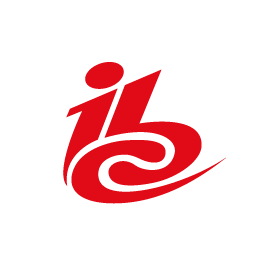Exhibitors and stand builders can review important rules and regulations for their stand type in the Exhibiting section of the IBC Help Centre. This provides ssential guidelines to ensure that you comply with all the requirements for building and setting up your stand. You will find detailed guides, helpful tips, and answers to frequently asked questions, all designed to assist you in making your exhibiting experience seamless and successful.
